Smoked Salmon and Asparagus Pasta is perfect for spring: sauteed fresh asparagus tossed with pasta, creme fraiche, lemon juice, and cold-smoked salmon.
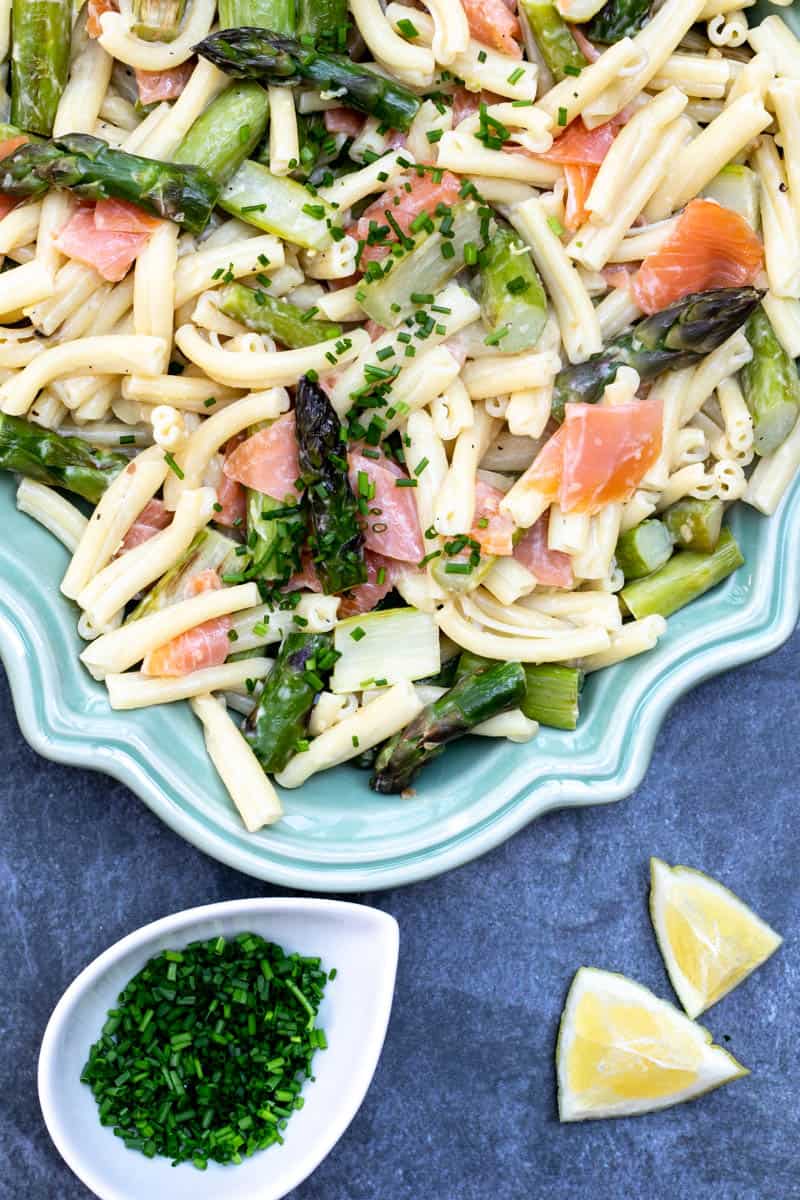
Looking for a recipe with salmon and asparagus? That's a delicious combination that works beautifully in a pasta dish. And this one is so easy.
Just sauté the asparagus lightly, while cooking a pot of pasta. Then build a sauce using just some cooking water, crème fraîche, and lemon juice.
All that remains is tossing the pasta and asparagus together, along with some chopped smoked salmon. So good!
Jump to:
Why Make This Recipe
- Fresh, bright, and creamy!
- A delicious way to feature spring asparagus
- Perfect for a special occasion dinner, but easy enough for an everyday meal.
🥗 Ingredients
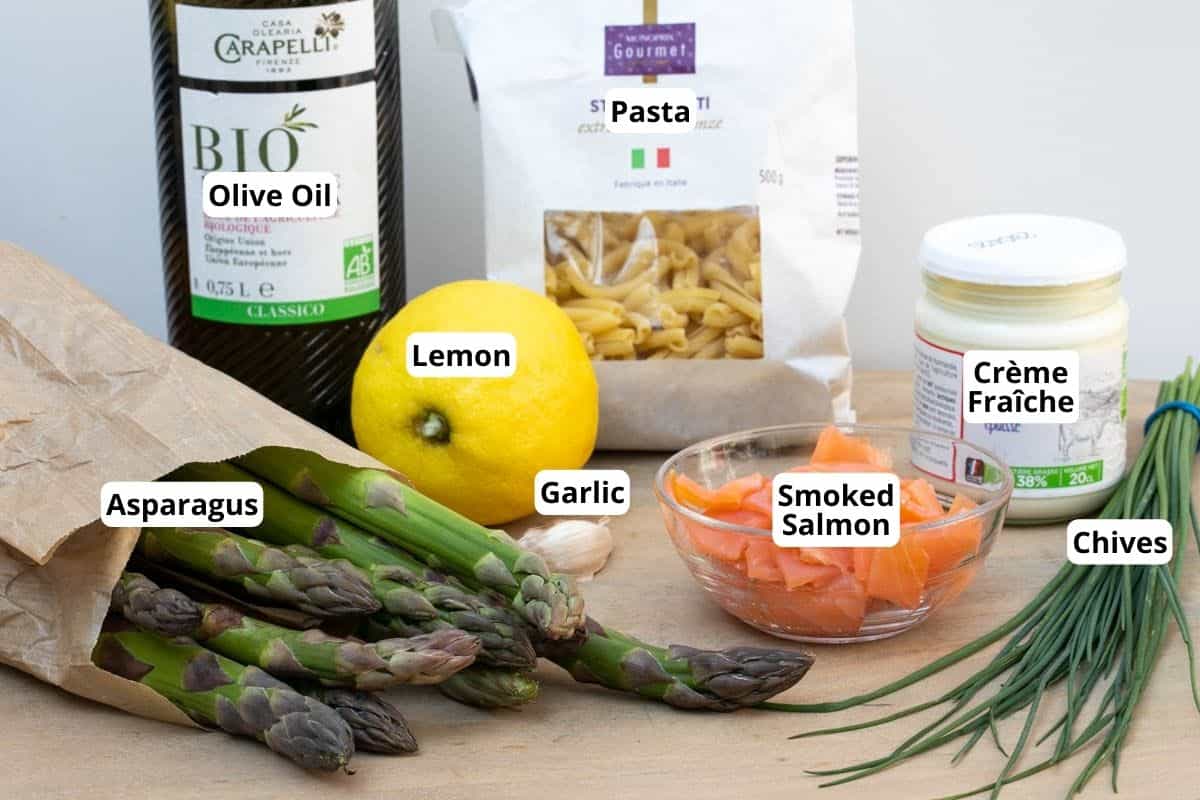
- Asparagus: Choose asparagus with firm stalks whose tips don't look soft or blemished.
- Smoked salmon: This recipe uses cold smoked salmon, though you could also try this salmon pasta recipe with hot smoked salmon. Or even add some chopped up leftover cooked salmon.
- Crème fraîche: This is a thick cream that makes a lovely pasta sauce. You could replace it with heavy cream, though you will need to cook the cream down until it thickens. And maybe add a little grated parmesan cheese too.
- Chives: Garnish with some chopped green onions if you don't have chives. Or stir chopped shallots into the creamy sauce.
🥣 Step-by-Step Instructions for Smoked Salmon Asparagus Pasta
Rinse 1 pound of asparagus spears and pat dry. Snap off or cut off the bottom inch or so of the stems. If you are working with thick asparagus stalks, peel the outside layer of skin with a vegetable peeler.
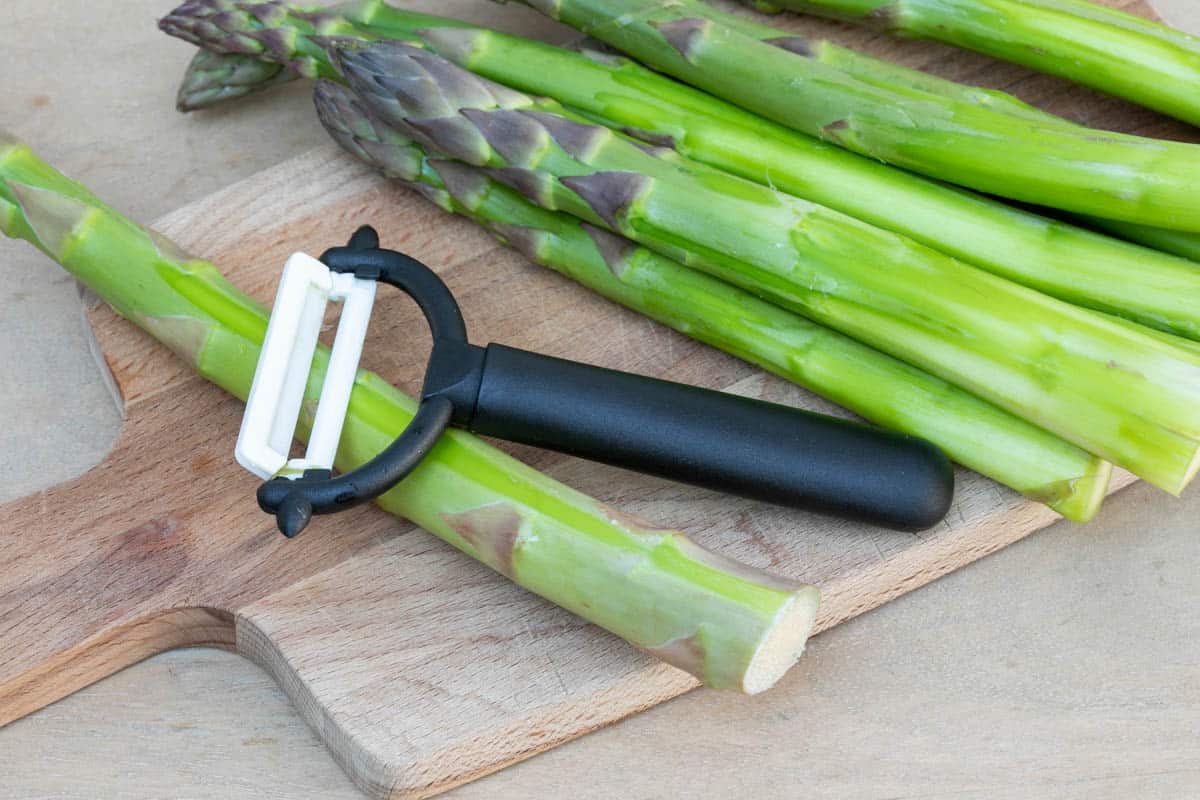
Then slice stalks into 2-inch chunks—cut in half horizontally any stalk pieces that are more than a finger-width in thickness.
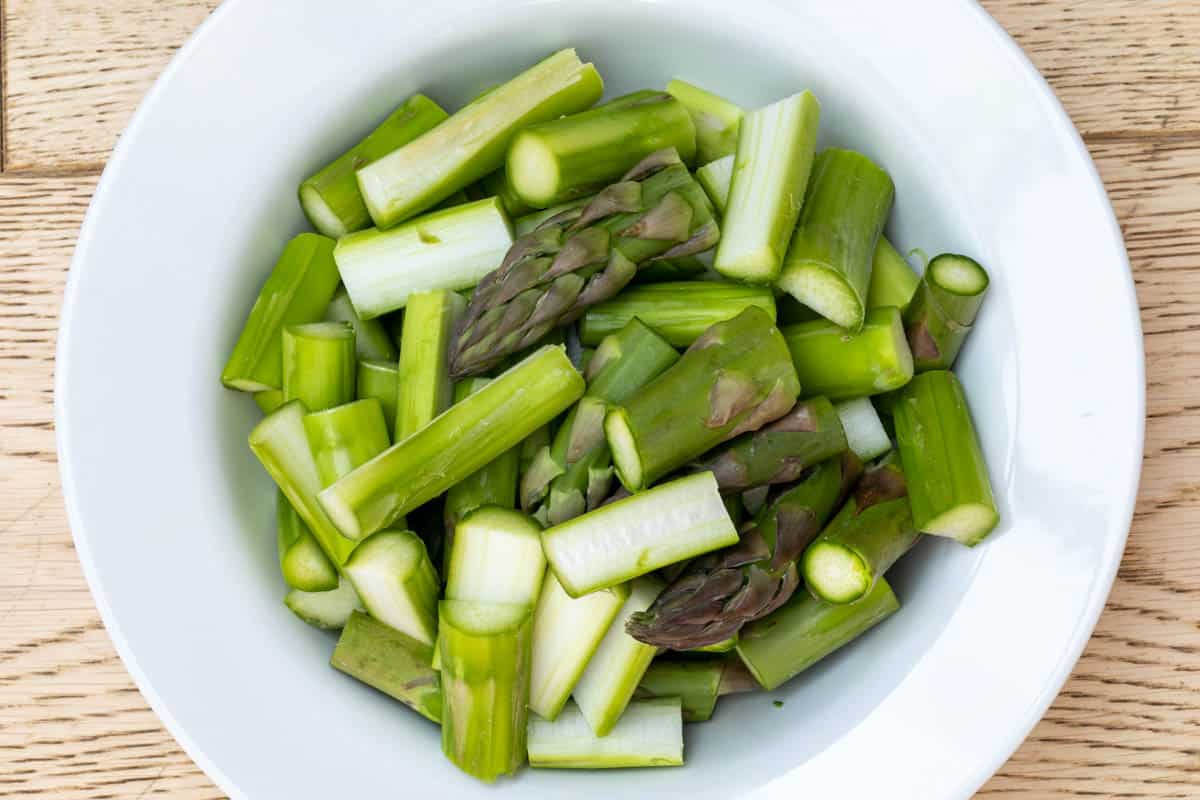
Mince 1 garlic clove. Chop 4 ¼ ounces of smoked salmon into bite-sized pieces. Heat 1 tablespoon of olive oil in large nonstick skillet or wok over medium-high heat. Add minced garlic and stir for 1 minute.
Add asparagus and cook for 5-15 minutes, stirring frequently. When done, asparagus will be crisp-tender and starting to brown.
Cook time will vary quite a bit based on the thickness of the asparagus stalks. If you are using asparagus with very thick stalks, you can cover the skillet to shorten cook time, but continue to lift every minute or two to stir.
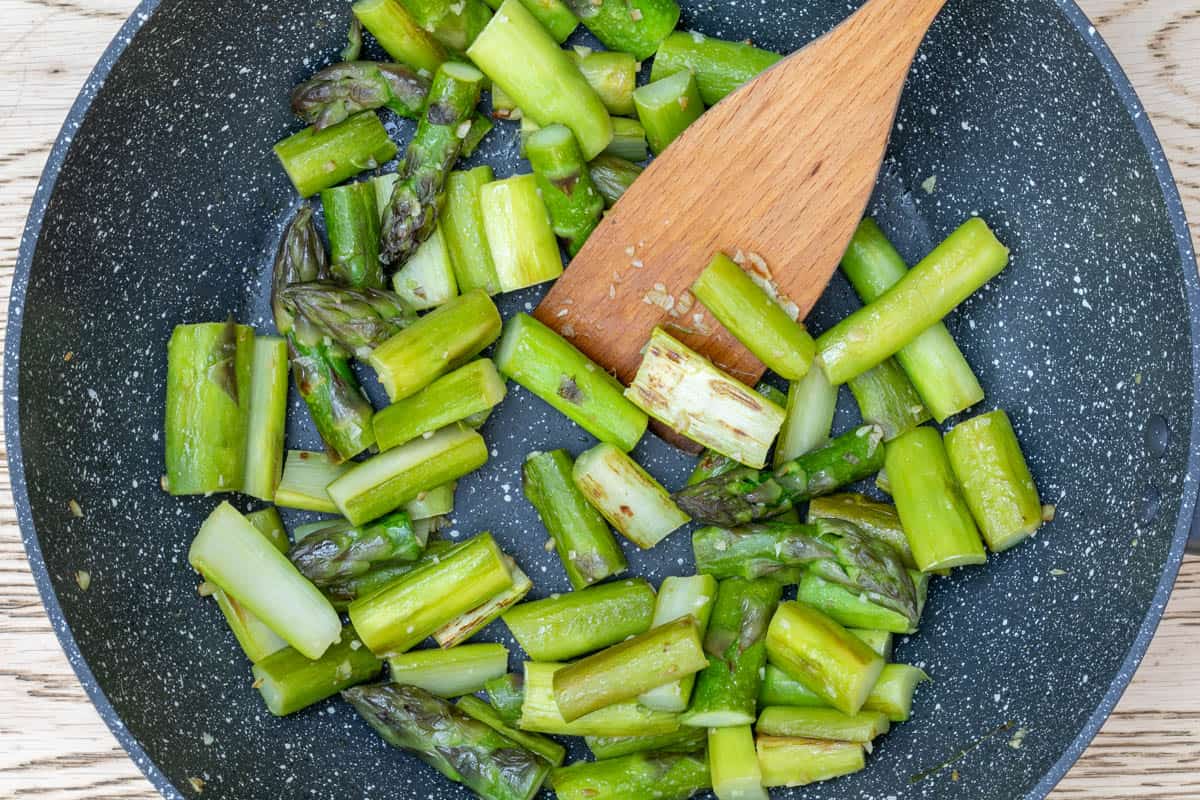
Meanwhile, bring a large saucepan of salted water to a boil. Add enough dried pasta for 4 people and cook until al dente, following instructions on pasta package. Before draining, reserve ½ cup of cooking water. Drain cooked pasta and return to pan.
Stir in 2 ½ ounces of crème fraîche, 2 tablespoons of lemon juice, and ½ teaspoon of lemon zest. Gradually add a couple of tablespoons of cooking water, stirring gently over medium heat. If pasta is not saucy enough, add more cooking water.
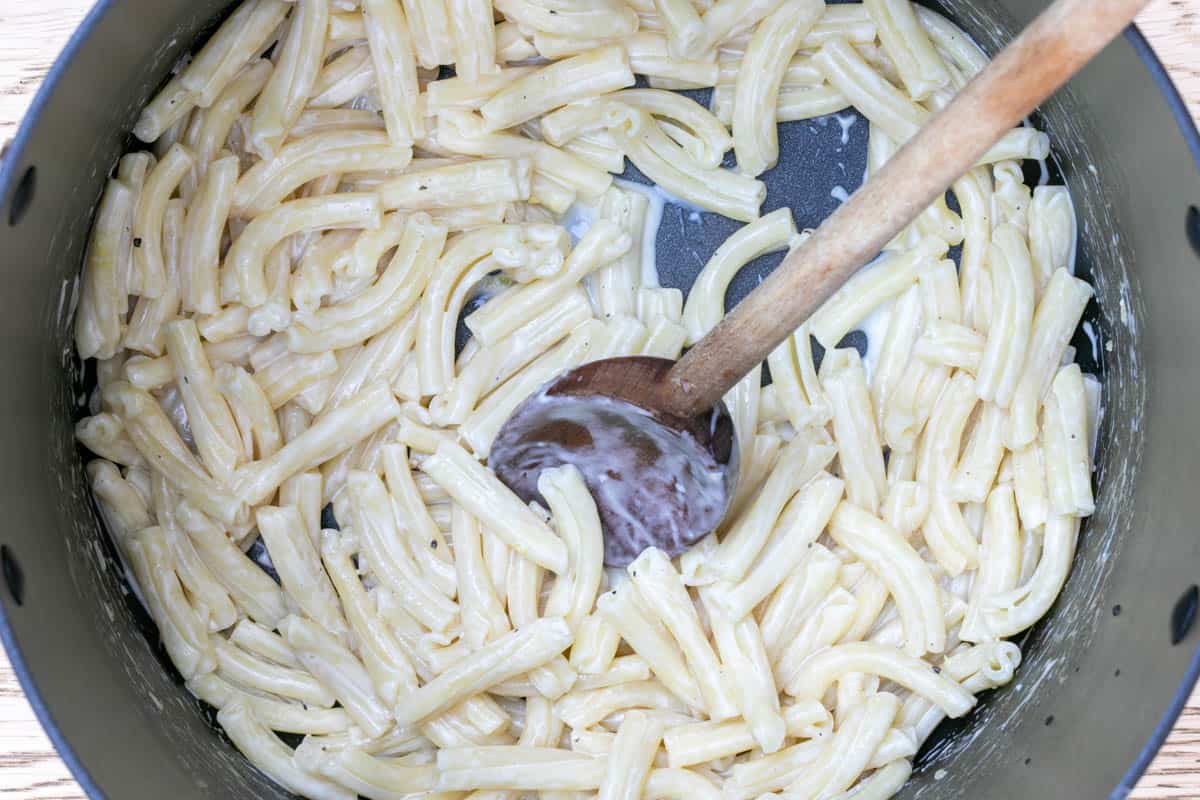
Stir in asparagus, then gently stir in smoked salmon. If your pasta (or pan) is still quite hot, you may want to serve the pasta with just the asparagus stirred in.
Then add the smoked salmon on top, so that the texture of the salmon isn’t altered by stirring it into the hot pasta.
Garnish your salmon and asparagus pasta with chives, and serve with lemon wedges. If you wanted to dollop a little more crème fraîche on top, I wouldn't stop you.
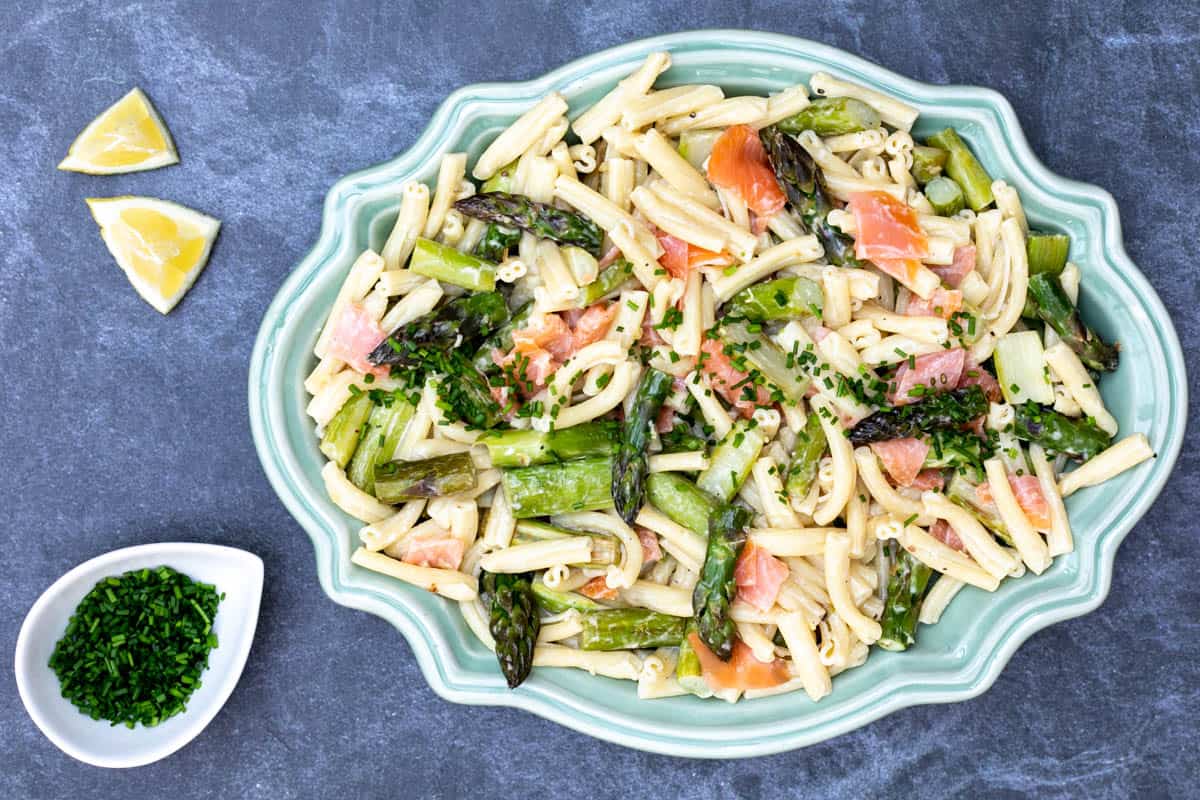
🧐 Recipe FAQs for Salmon Asparagus Pasta
I would not recommend making this in advance. The pasta will soak up all of the sauce quickly, and will become dry the longer it sits. In addition, if you have already stirred in the smoked salmon, you will change its texture as you reheat the pasta. Finally, asparagus tends to go from bright to dull green after cooking.
So this dish really is best made à la minute (prepared and then served immediately). That said, you will save yourself a good amount of time if you can prep your garlic, asparagus, salmon, and chives in advance. And, should you have leftovers, I'd highly recommend adding a spoonful of crème fraîche on top and heating up just to barely warm rather than hot.
Cold smoked salmon has a silky texture, and not much of a smoky flavor. Hot smoked salmon has a flaky texture and a much smokier flavor. Hot smoked salmon is cooked at over 120 degrees for at least 30 minutes, and up to 12 hours. During that process, the salmon is fully cooked.
Cold smoked salmon is not fully cooked, as it is smoked at a much lower temperature. However, the salmon is first salted before being smoked, which kills parasites and helps prevent the growth of food poisoning-causing microbes. As a result, unless your doctor advises you to avoid raw fish, it’s safe to eat both kinds of smoked salmon.
👩🍳 Expert Tips
This salmon pasta with asparagus dish shines with in-season asparagus. Here are my favorite tips for storing, trimming, and freezing, so you can get the most out of your asparagus.
How to Store Asparagus
Store asparagus in the refrigerator. It will last at least a few days in the crisper drawer if you keep it loosely wrapped in a produce bag. To extend its shelf life, you can wrap a damp paper towel around the bottom of the stalks before putting back into the bag. If the asparagus stalks come wrapped in a rubber band, keep the band there to hold the stalks together.
To store asparagus for a week or more, trim about an inch from the ends, then place stalks upright in a jar filled with about an inch of water. Then cover loosely with a plastic bag, and keep in the refrigerator. Change the water if it begins to look cloudy.
How To Trim Asparagus
If you have young, thin asparagus stems, all you need to do to trim the asparagus is to snap off the very bottom of each stalk. It should break easily, and you can discard the bottom. Older, thicker asparagus stalks will be woodier than young thin ones. You can snap off the very bottom the same way, but then you will need to peel the skin. That will at least remove the top layer that is a bit tough to chew through.
How to Freeze Asparagus
The best way to freeze asparagus is to blanch it first. First, prep your asparagus by rinsing and trimming off the woody ends. Peel the stalks if the asparagus is quite thick. Next, bring a pot of water to a boil and add the asparagus. Depending on how thick your asparagus stalks are, blanch them for between 1-3 minutes.
They will turn bright green. Next, drain and rinse with very cold water (or place directly in an ice bath after draining). Pat dry, then package in freezer bags before putting into the freezer.
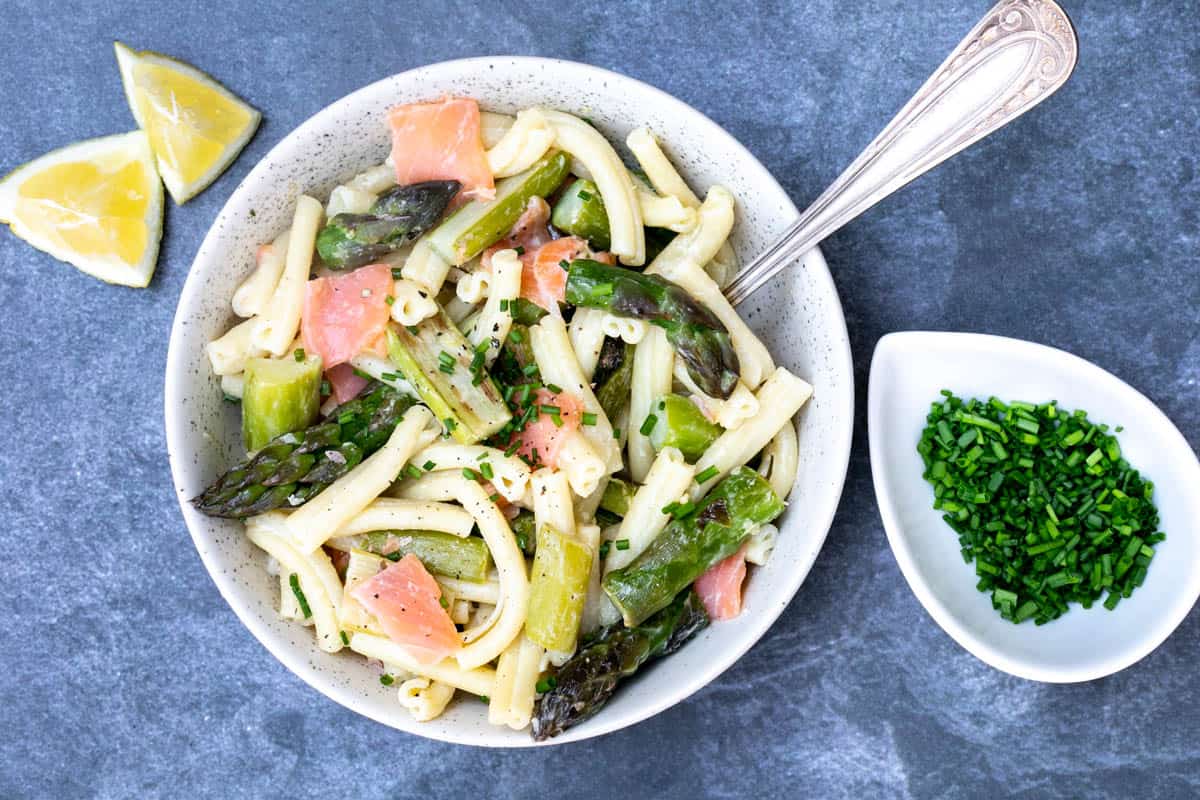
Other Delicious Salmon Recipes
Salmon is one of my favorite fish to eat, though I do try to save it for special occasion meals. For example, my Salmon Wellington recipe is a show-stopper of a dish that you should really try if you love salmon. For a more everyday splurge, check out my recipes for Panko Crusted Salmon Fillets or Stir Fry Salmon with Vegetables.
And should you find yourself with extra cold smoked salmon, please check out my recipes for Smoked Salmon Canapés with Cucumber and my Smoked Salmon Potato Chips with Everything Bagel Seasoning.
And of course, besides making delicious appetizers and main courses, salmon works for breakfast or brunch too. Try my Smoked Salmon and Broccoli Quiche or this Smoked Salmon Frittata.
You might also enjoy my Old Bay Salmon Rillettes, which are just fantastic. Or my Salmon Coconut Rice Bowl, which uses inexpensive canned salmon but still tastes great!
And, for a dairy-free salmon pasta alternative, check out this Penne Al Salmone from our friends at Two Cloves Kitchen.
Other Delicious Pasta Recipes
If only we could live on pasta alone, right? I love it, and the creamier the better. If you’re with me, you may want to check out:
If you try this creamy Salmon and Asparagus Pasta recipe, I would love to hear from you! Please rate this recipe and leave a comment below—your feedback is invaluable to me.
And please follow along on Instagram, Pinterest, and Facebook or subscribe to my newsletter. I’d love to inspire you with more delicious, healthy, and seasonal recipes!
Want to Save This Recipe?
Enter your email & I'll send it to your inbox. Plus, get great new recipes from me every week!
By submitting this form, you consent to receive emails from Vanilla Bean Cuisine.
📖 Recipe
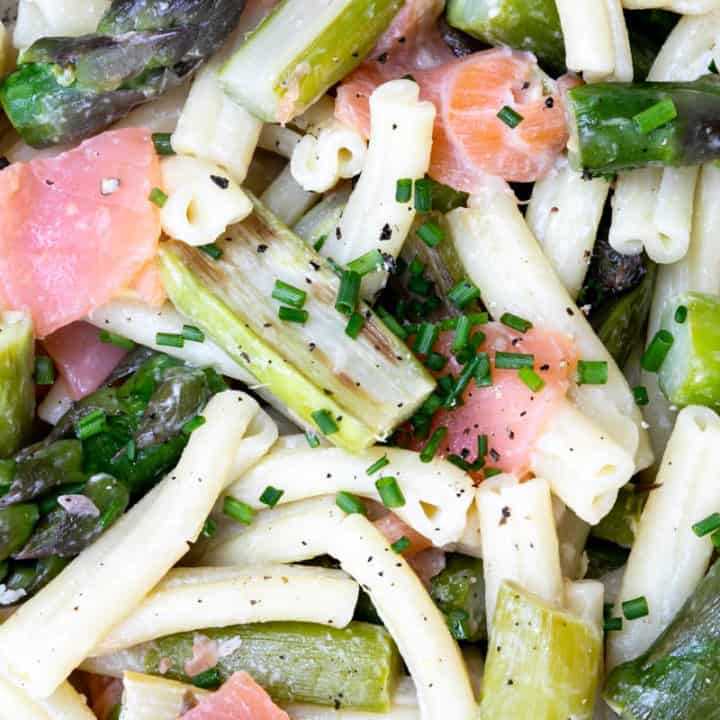
Smoked Salmon and Asparagus Pasta
Smoked Salmon and Asparagus Pasta is perfect for spring: sauteed fresh asparagus tossed with pasta, creme fraiche, lemon juice, and cold-smoked salmon.
Ingredients
- 1 pound asparagus
- 1 clove garlic
- 4 ¼ ounces cold smoked salmon
- 1 tablespoon olive oil
- 8 ounces dried pasta
- 2 ½ ounces crème fraîche
- 2 tablespoons lemon juice
- ½ teaspoon lemon zest
- ½ teaspoon kosher salt
- ¼ teaspoon freshly ground black pepper
- 1 tablespoon chopped chives, to garnish
- Lemon wedges, to serve
Instructions
- Rinse asparagus and pat dry.
- Snap off or cut off the bottom inch or so of the stems. If you are working with thick asparagus stalks, peel the outside layer of skin with a vegetable peeler. Then slice stalks into 2-inch chunks—cut in half horizontally any stalk pieces that are more than a finger-width in thickness.
- Mince garlic clove.
- Chop cold smoked salmon into bite-sized pieces.
- Heat olive oil in large nonstick skillet or wok over medium-high heat.
- Add minced garlic and stir for 1 minute.
- Add asparagus and cook for 5-15 minutes, stirring frequently. When done, asparagus will be crisp-tender and starting to brown.
- Meanwhile, bring a large saucepan of salted water to a boil.
- Add pasta and cook until al dente, following instructions on pasta package. Before draining, reserve ½ cup of cooking water.
- Drain pasta and return to pan.
- Stir in crème fraîche, lemon juice, zest, salt, and pepper.
- Gradually add a couple of tablespoons of cooking water, stirring gently. If pasta is not saucy enough, add more cooking water.
- Stir in asparagus, then gently stir in smoked salmon. If your pasta (or pan) is still quite hot, you may want to serve the pasta with just the asparagus stirred in. Then add the smoked salmon on top, so that the texture of the salmon isn’t altered by stirring it into the hot pasta.
- Garnish with chives, and serve with lemon wedges. If you wanted to add an extra dollop of creme fraiche on top, I wouldn't stop you.
Notes
Expert Tips:
Asparagus cook time will vary quite a bit based on the thickness of the asparagus stalks. If you are using asparagus with very thick stalks, you can cover the skillet to shorten cook time, but continue to lift every minute or two to stir.
You can use hot smoked salmon if you prefer, though the texture of the salmon is quite different. You can even replace the cold smoked salmon with leftover cooked salmon if you have some on hand.
Storage Tips:
Leftovers will keep in the refrigerator in an airtight container for up to 3 days. You may want to add a splash of heavy cream or water to make the sauce a little creamier, as it will dry out after storing.
Nutrition Information:
Yield: 4 Serving Size: 1Amount Per Serving: Calories: 259Total Fat: 13gSaturated Fat: 6gTrans Fat: 0gUnsaturated Fat: 6gCholesterol: 29mgSodium: 806mgCarbohydrates: 25gFiber: 4gSugar: 3gProtein: 12g
Nutrition information is provided as a general reference for users courtesy of the online nutrition calculator Nutritionix.
Instagram Users: Now that you've made this Creamy Salmon Pasta recipe, tag me @vanillabeancuisine or #vanillabeancuisine because I’d love to see your results!

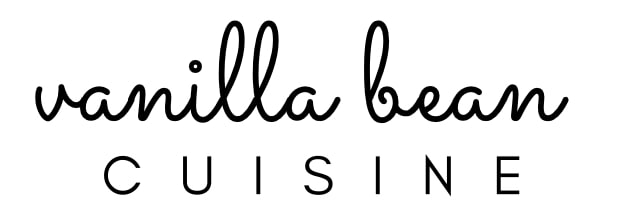
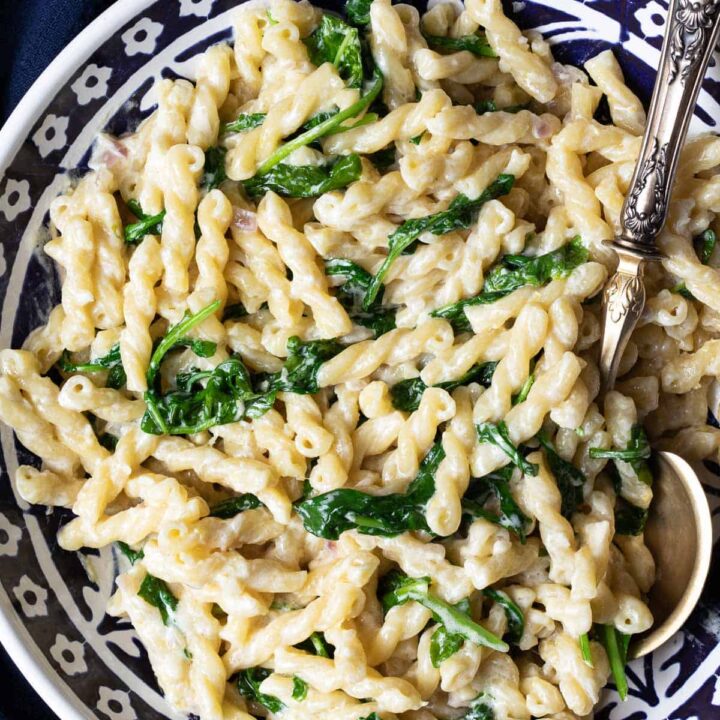
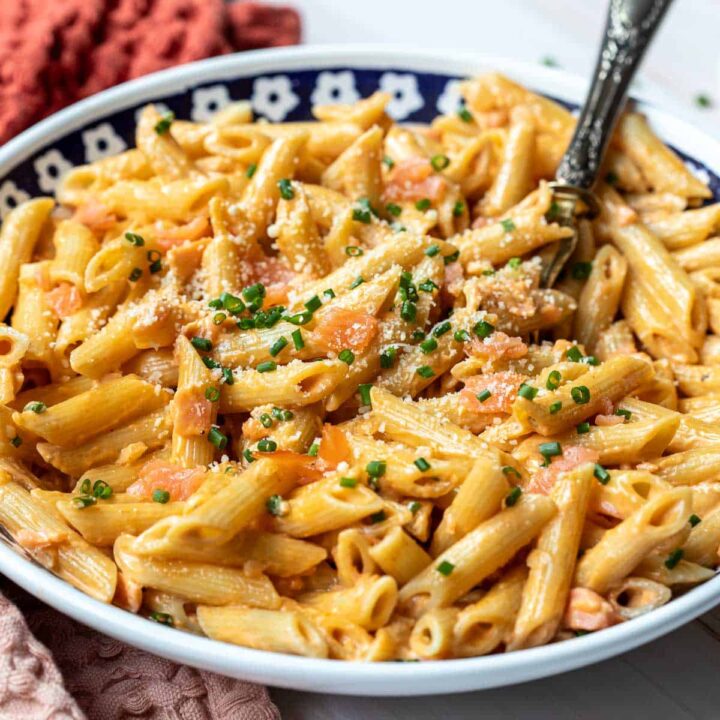
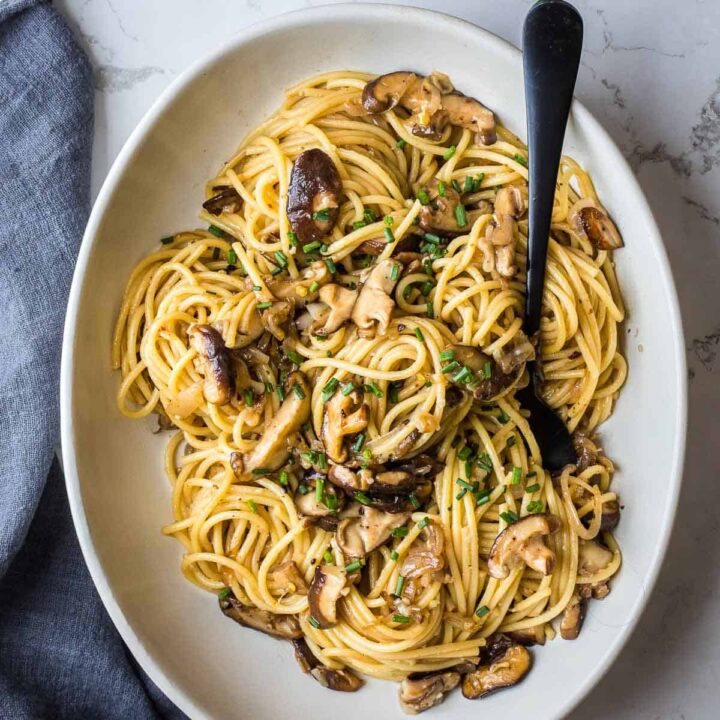


Mimi Rippee says
This is a fabulous pasta! Love the ingredients. So springy! And our daughters donned bunny ears and participated in our Easter egg hunts even through college! We loved it.
Chef Molly says
Glad to hear it! You're never too old for Easter egg hunts!
Chef Mimi says
This is gorgeous. And just the kind of meal I serve my girlfriend who comes to town often and stays the night with me. My husband doesn’t eat smoked salmon; not sure he’s ever tried it.... And this is a perfect season for this dish of course. I learned a long time ago not to put smoked salmon/lox into a hot dish too soon. It really does alter the texture doesn’t it? And it becomes saltier, I think.
Chef Molly says
Yes, agreed! I hope you'll enjoy this one when your friend comes to visit--I certainly would be happy if you served it to me! 🙂
Alex says
Lovely fresh flavours in this dish! I think Smoked Salmon and Asparagus just work so well together.
Chef Molly says
Agreed! Though it must be said that I love smoked salmon with just about anything! 🙂